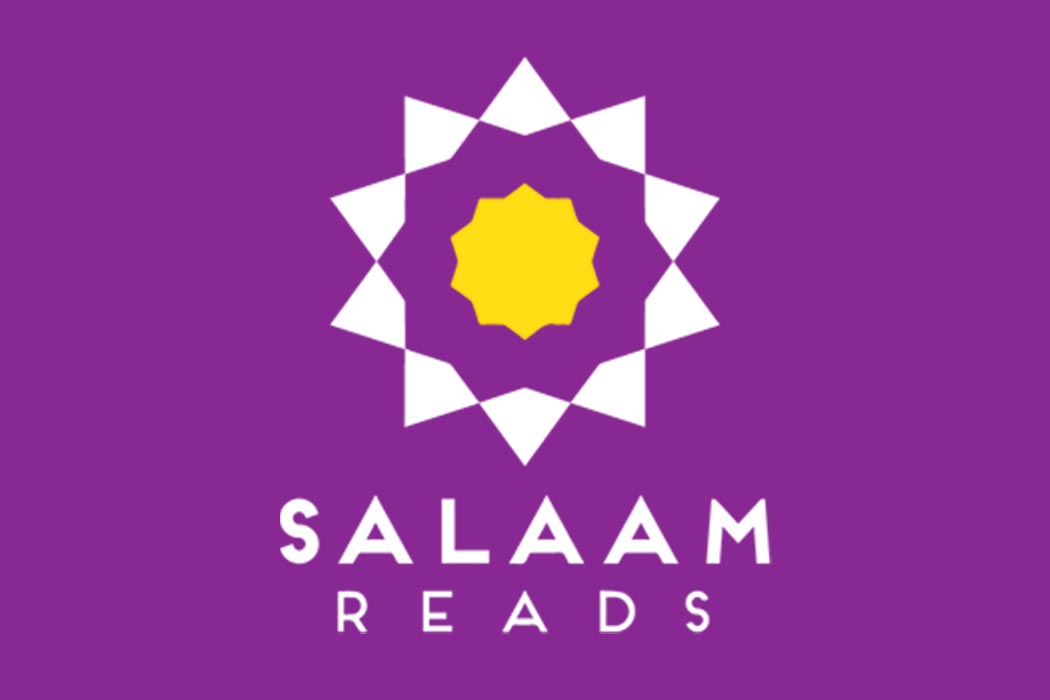Simon & Schuster recently announced the launch of a new imprint called Salaam Reads, which will release around nine books a year featuring Muslim characters and stories. Increasing diversity in publishing, especially in children’s publishing, has been a major topic of debate lately. At the same time, as The New York Times put it, “Salaam Reads is also arriving in the middle of a fractious and polarizing political debate about immigration and racial and religious profiling…American Muslims in particular, feel they are being targeted.”
The idea that Muslims are set apart even from other minorities in America is not a new one. “Prejudice toward most minority groups has declined in recent decades, but Muslims are an exception: they are viewed much less favorably than most other religious and racial minorities,” write Kerem Ozan Kalkan, Geoffrey C. Layman, and Eric M. Uslaner in their article, “‘Bands of Others?’: Attitudes toward Muslims in Contemporary American Society.” The authors suggest that while the most obvious catalyst for this antipathy was the terrorist attacks of 9/11, “Muslims’ religious beliefs and practices, cultural orientations, and ethnicities have long made them different in key ways from the Judeo-Christian mainstream.” Muslims are still connected in many Americans’ minds to extremism. And more than any other minority group, they are seen as the “Other.” At a moment when America seems swollen with xenophobia, can it really make a difference to publish more Muslim books—for children?
Many early literacy experts seem to suspect so. In their article, “Building Arab Americans’ Cultural Identity and Acceptance With Children’s Literature,” Tami Craft Al-Hazza and Katherine T. Bucher point out:
By reading about people who are like them, children reinforce their own identities. Conversely, literature also allows children to ‘encounter other people and to see [themselves] in their eyes, to recognize [their] own experience in an experience that at first blush seems radically different.’
In many parts of the country, children very well might first encounter Muslim characters in literature, so having access to texts that help non-Muslims learn about this rich cultural heritage would be key. As for Arab-American students, many of them lack “classroom experiences that expose them to a story that reaffirms their cultural identity as Arab or that validates the importance of their cultural heritage to students from other cultures.”
Salaam Reads might provide, in the words of Al-Hazza and Bucher, “well-respected and well-written children’s literature that…creates positive imagines of Arabs in readers’ minds.” Books that classrooms, libraries, and parents can put in front of all children with the hope of creating more tolerant adults, and maybe—just maybe—a more tolerant America.







